Prickly beauties for our gardens
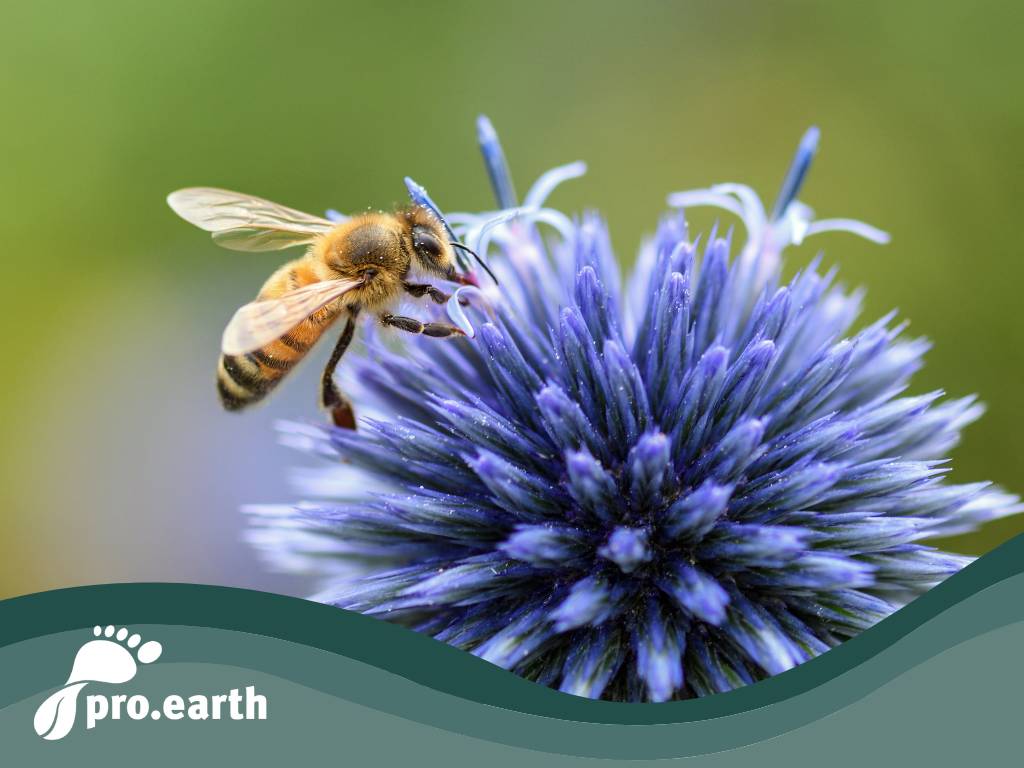
Thistles. That's what we #Beetschwestern want to write about today. Because we are addicted to them. And they bring us such joy! We know that not all gardeners have such positive feelings towards thistles. And we know from walks with our four-legged lodgers that they can also be extremely unpleasant. Nevertheless, we love all kinds of thistles, both the wild and the noble forms. And what they all have in common is that they are a real insect magnet, but not only that - birds love them too!
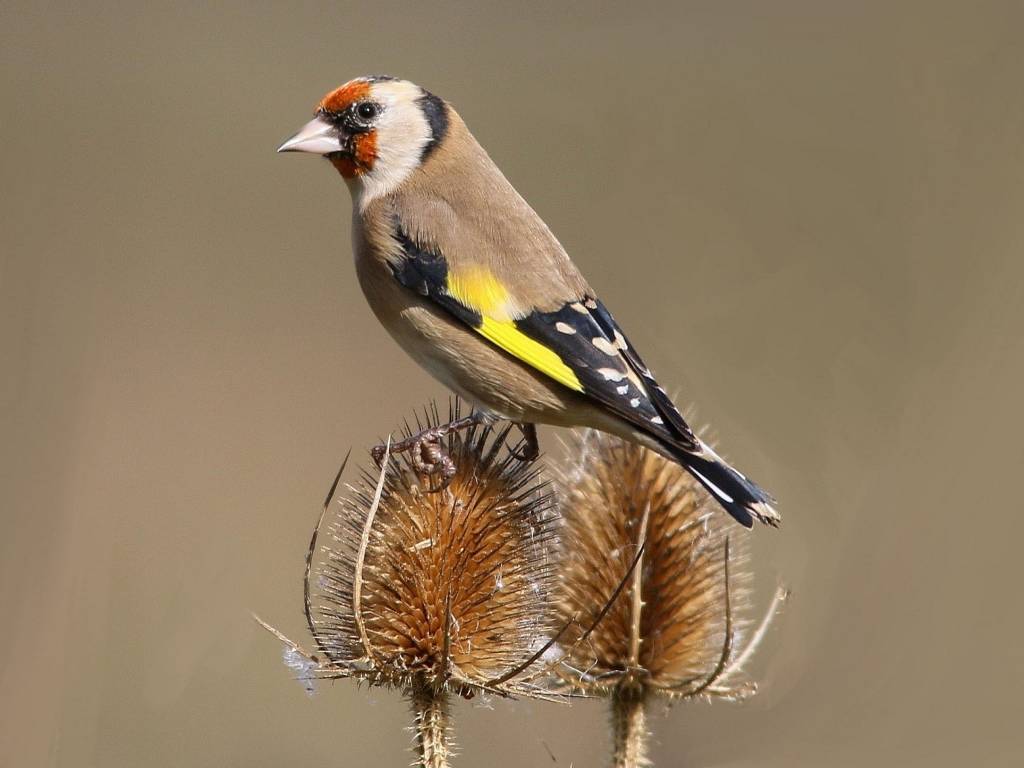
The photo shows a goldfinch sitting on a carded thistle
Why we like them
-
- In addition to their distinctive beauty, which remains intact even in winter, thistles offer many advantages due to their uncomplicated nature.
- They grow without much effort in dry, poor soil in a sunny position, with one exception: the purple thistle, which likes it wetter. Note: In our #bedsisters in partial shade, because we hardly have any full sun spots to offer
- Many species are perennials that develop a rosette of leaves in the first year and then flowers in the second year - our globe thistles grew to a man's height within three years and developed from two small perennials into shrubs that are each a meter in diameter.
- They provide living and feeding space for many animal species.
- Thistles are easy to grow from seed or can be sown to produce offspring themselves
Man litter
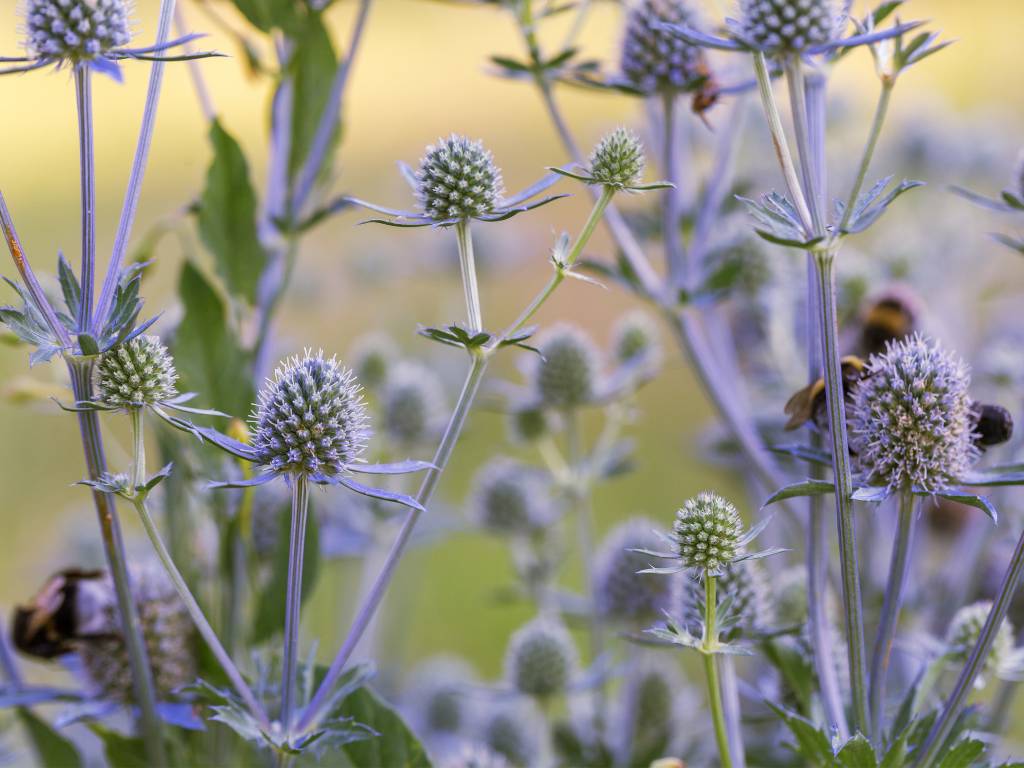
This species of thistle (Eryngium) is very decorative and is often used for dried bouquets. During the flowering period, Mannstreu attracts many insects. It sprouts anew every year, making it a long-lived perennial.
Agave-leaved manstraw needs a distance of around 70 cm from its neighbors, the smaller manstraw species around 40-50 centimetres.
Caution: The alpine manure prefers fresh, nutrient-rich and humus-rich soil!
Good to know: We #Beetschwestern have often made the mistake of planting the young plants too close together, which resulted in the weaker plants being crowded out by the stronger plants
Milk thistle
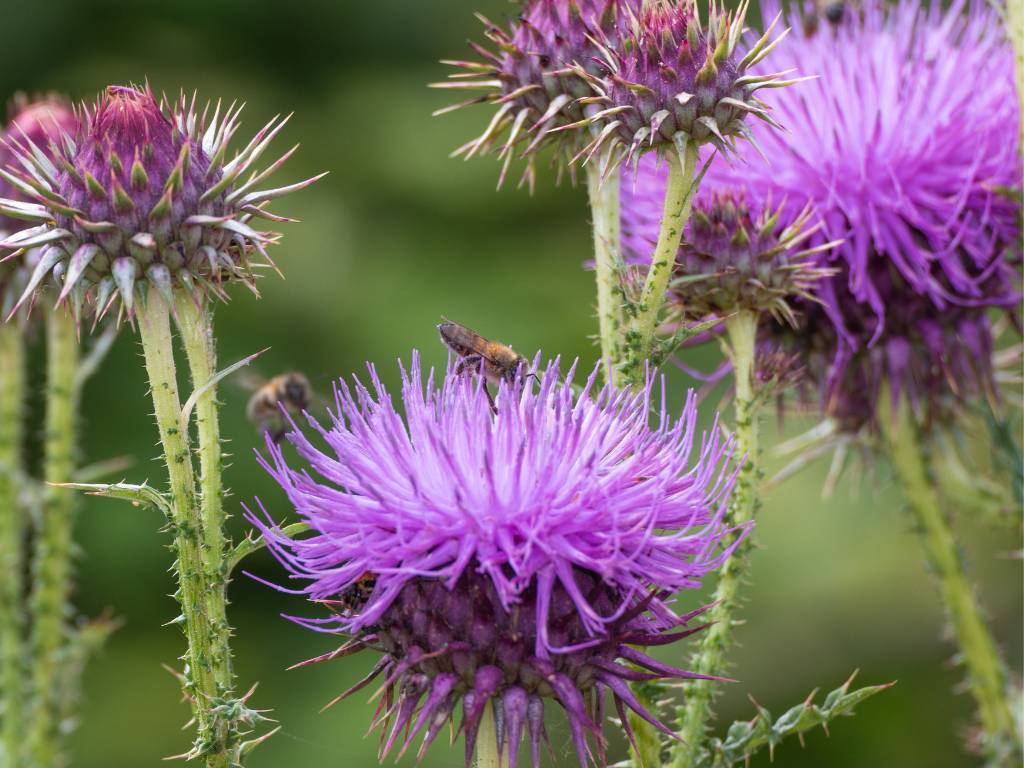
Milk thistle (Silybum marianum) is not only beautiful, but also a medicinal plant, especially for the liver, gall bladder and intestines. Its seeds contain silibin, an active ingredient so powerful for the liver that it is even used against the deadly poison of the green button mushroom.
The annual to biennial plant grows up to 150 centimeters high.
globe thistles
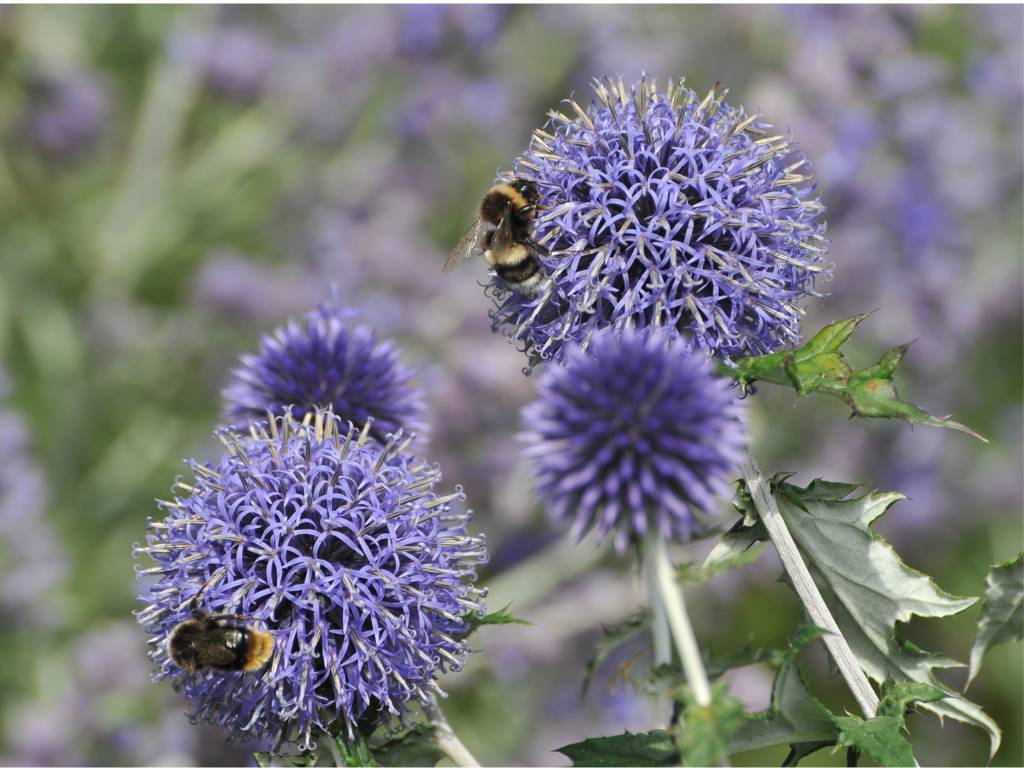 Spherical thistles (Echinops) are available in white or blue. They are perennial and grow up to 2 meters high. Their flowers are spherical like ornamental garlic flowers, but smaller in diameter.
Spherical thistles (Echinops) are available in white or blue. They are perennial and grow up to 2 meters high. Their flowers are spherical like ornamental garlic flowers, but smaller in diameter.
The "Ruthenian globe thistle" (Echinops ritro) thrives on the poorest soils.
Cards
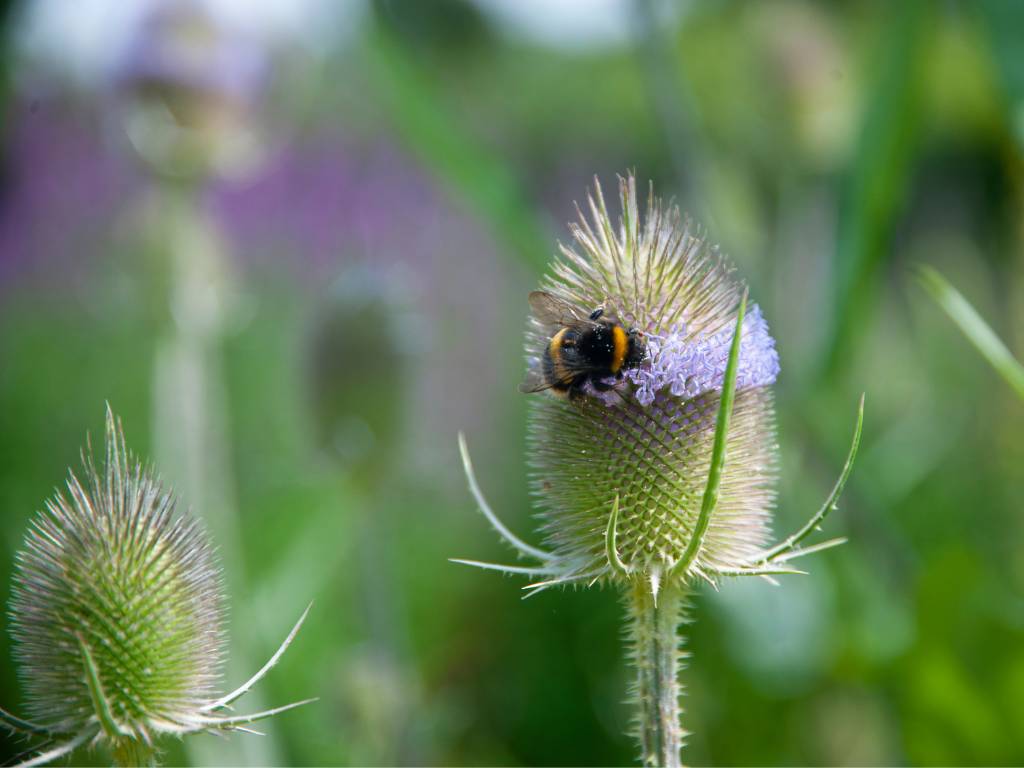
The wild teasel (Dipsacus fullonum) belongs to the thistle family and is considered a valuable bee pasture. Some types of teasel can grow up to three meters high.
Thistle finches and thistle butterflies are welcome guests on teasels, as well as on thistles.
We#Beetschwestern would be delighted if our enthusiasm for thistles spread to you and you cultivate them in your gardens and on your balconies too!






